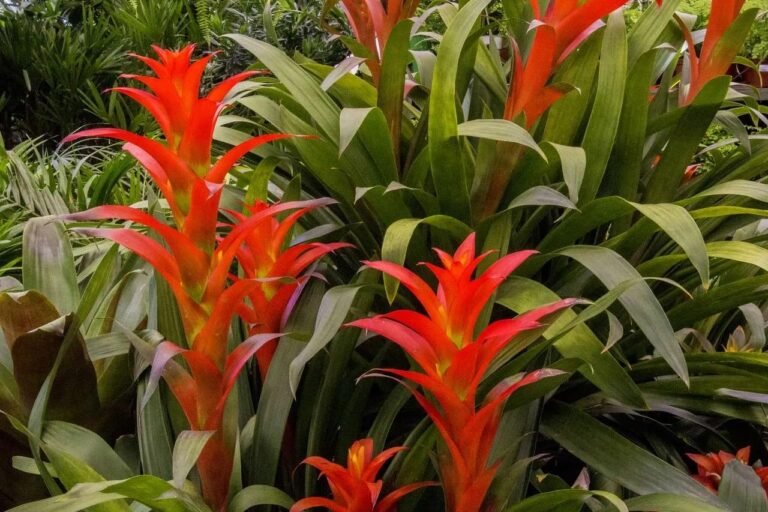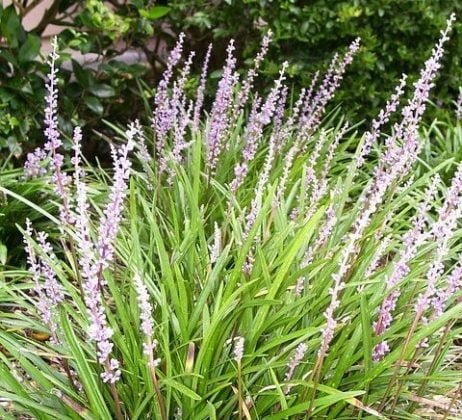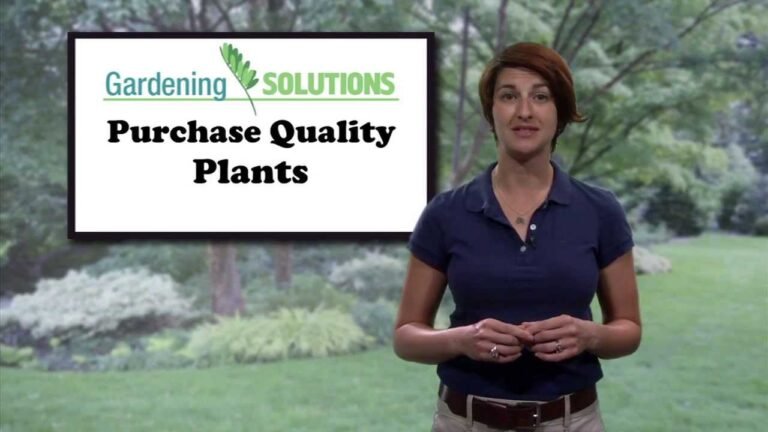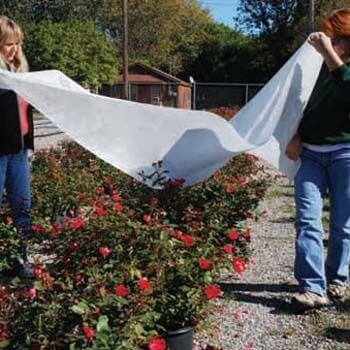Heliconias Plant
There are numerous species of the Heliconia plant that are native to the tropical regions of Central and South America. Heliconia plants can also grow well in North America, in areas where the climate conditions are warm and humid. Heliconias are easy to grow and are low-maintenance plants. Many homeowners who love tropical plants have them in their landscape.
Heliconias produce smooth green leaves with, unique long-lasting colorful inflorescence tropical flowers. Their blooms and foliage often resemble that of the Canna plant.
Heliconias bloom in color combinations of shades of red, pink, orange, yellow, lavender, and green. Their tropical flowers range from erect to huge claw-shaped flowers.
The colorful flowers are seen popping out of the “bracts” of the plant.
The brightly colored bracts will vary in length from inches to several feet. The shape and color of the bracts will also vary. A variety of the Heliconia plant named Caribaea often called “Lobster Claw” is composed of red and yellow triangular bracts. It is a very popular species of the Heliconia plant.
Heliconia plant species available at nurseries and garden centers will vary and can depend upon the location where you live. Heliconias are generally grown in USDA hardiness zones 10 to 11. However, areas in zone 8 can grow some species of Heliconia plants.
You can contact your local county extension service for information on what species will grow well in your area.
Planting Heliconia
Cultural requirements can vary among plant species. Some types do well in full sun, some prefer full shade, while others can be planted in partial sun (filtered light). Light requirements of each variety should be listed on the labels attached to the container or the plant when being sold.
All species of Heliconias prefer to be planted in rich organic soil conditions. They do best when grown in soil with a PH level that is moderately Acidic. Water as soon as possible after planting. Apply organic mulch to keep the soil moist and to help maintain organic material in the soil. Plant them in a location where they will have protection from wind, for they need this. Placing them along fences, buildings, and hedges are good locations for protection.
Heliconias have large leaves and tend to grow in clumps. In the proper conditions, they can grow fast and spread to fill in any available space. Mass plantings are best controlled by planting them in well-defined beds. Consider the growth habit of each species since plants can range from small sizes 2-3 ft. to extremely large reaching up to 15 ft. in height. Each plant has a spread of 3-6 ft. Plant spacing should be 3-5 ft. apart. Small cultivars can be placed in pots or containers great for patios and decks.
Care Of Heliconias
For ultimate growth and flowering Heliconias need to be fed the proper nutrients they need. Regular fertilization 3 to 4 times a year should be done for good health. Apply a slow-release granular, Palm Fertilizer or Complete All Purpose Fertilizer with Magnesium for best results. Information is listed on the label for the proper amount to be applied for the area.
Heliconias can experience Iron or Magnesium deficiency, which will be noticeable by the Yellowing Of Their Leaves. The problem can be corrected by applying to the soil Magnesium or Iron supplements. This usually occurs with Heliconia plants in soils with a PH level that is too Alkaline. Follow directions on the labels of any products when applying.
Heliconias need the proper amount of moisture to stay healthy. Watering is needed when there is a lack of rainfall, especially during drought conditions. Mulching can help in moisture retention. Mulch layered at a depth of 3 inches should be sufficient. Avoid piling mulch too close to the base of the plant, leaving space for air.
Heliconias will almost stop growing during cooler weather. To reduce the amount of watering at this time of the year to avoid over-watering, which can lead to fungus problems like “Root Rot”.
Flowers will usually last for several weeks before declining. Remove spent blooms and faded flowers by pruning. This will help stimulate the growth of new flowers. Prune stems cutting them down to the ground (base of the plant). Also, prune off any dead leaves and stems.
In the winter blooms can get cold damage in temperatures in the 40s. Foliage can have damage in temperatures in the 30s. During winter a frost or a freeze can cause dieback all the way to the ground. However, the plants should survive and bounce back when temperatures warm up in the spring, and new growth should begin to appear. Wait until springtime to do any pruning or fertilizing to plants with cold damage.
Heliconias do not have many problems with insects and pests. The only pests to be aware of are Grasshoppers, Snails, Mealybugs, and Scale. Grasshoppers chew on the leaves of the plant. Snails will also chew on the leaves but can be eliminated by using Snail Bait. Chewing basically affects the appearance of the plant. Scale or Mealybugs can be treated by spraying the plant with a Systemic Liquid Insecticide. Follow directions on the label for proper treatment.
Conclusion
Heliconia plants are a good addition to a landscape if one desires to have tropical plants. Since they are easy to grow and maintain Heliconia makes for a great choice for landscaping. Heliconias’ colorful exotic flowers and attractive leaves bring a tropical look to any home garden.
Here’s a very good video by LOWS on how to buy quality plant.






